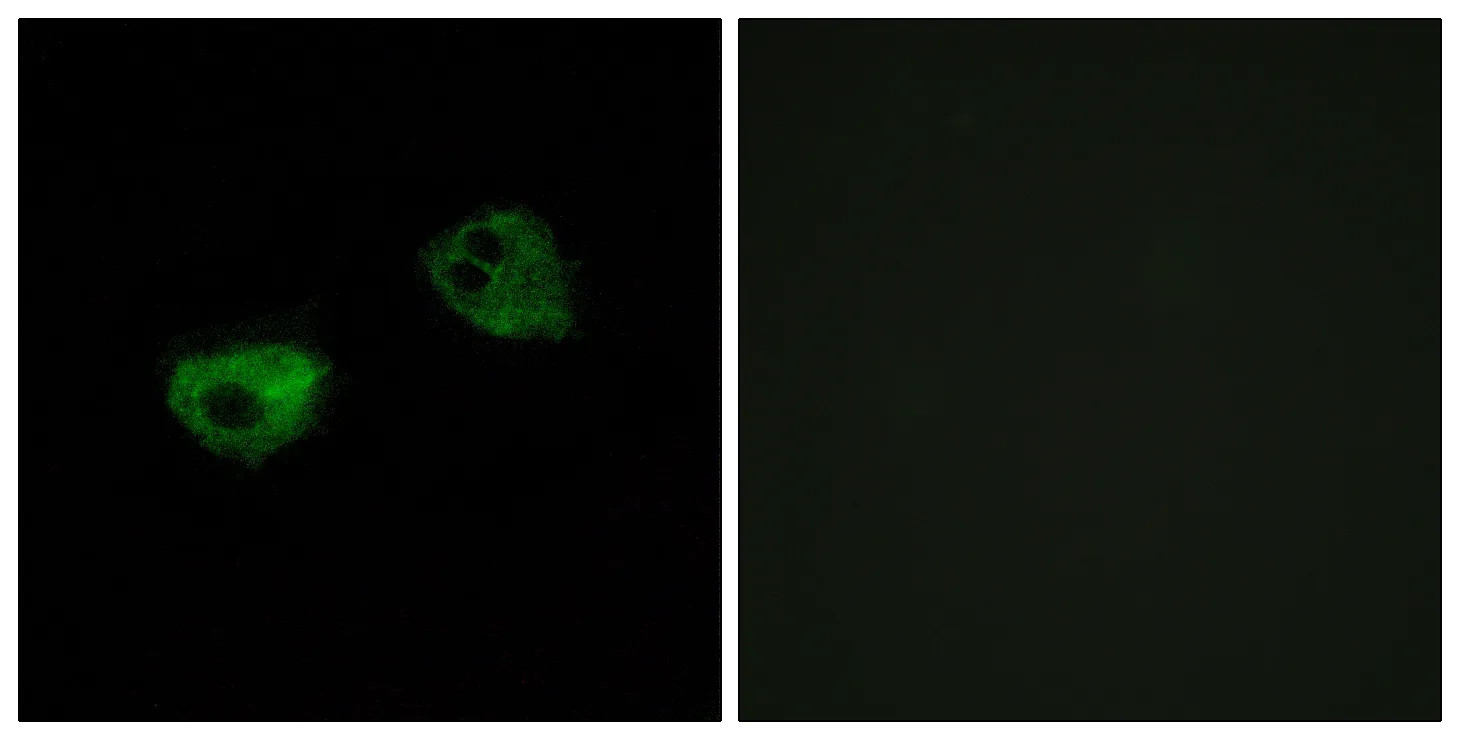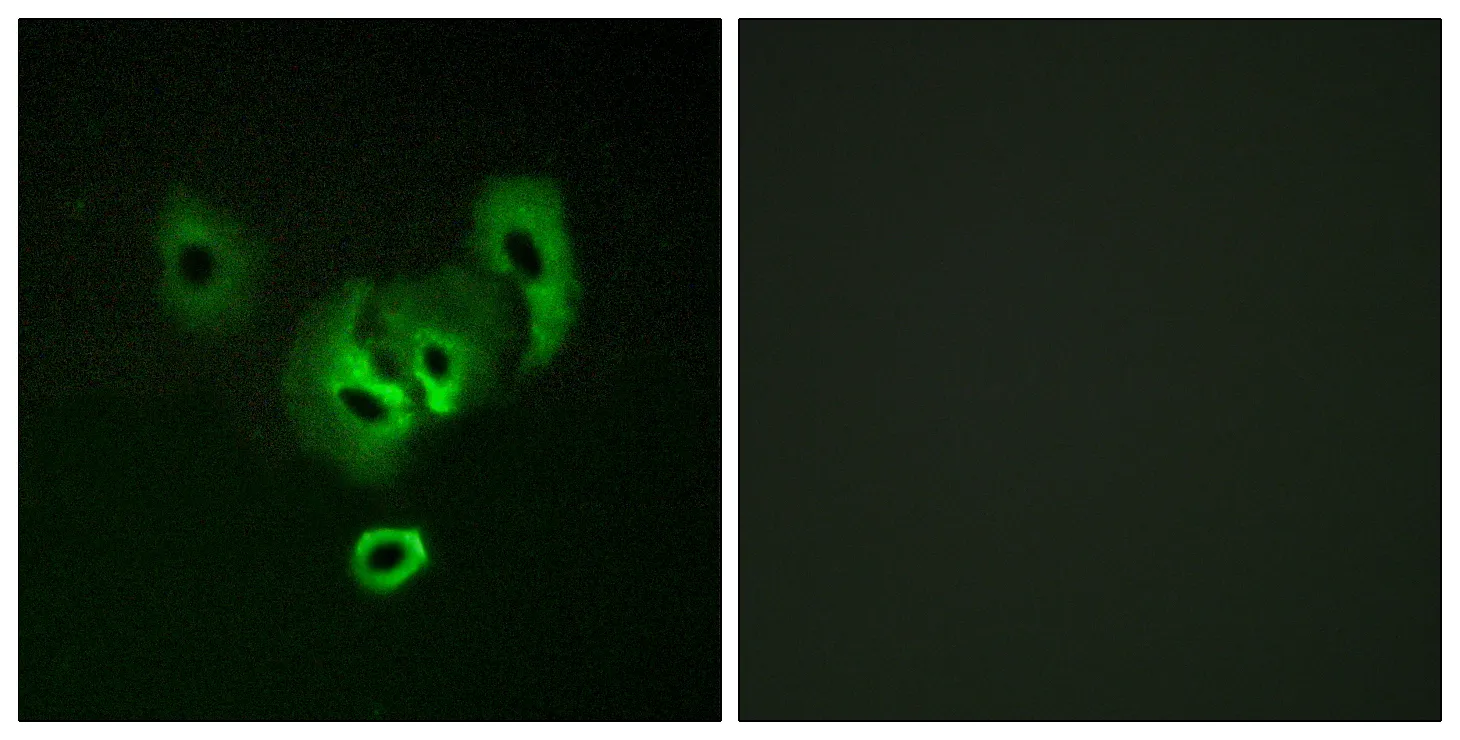Summary
Performance
Immunogen
Application
Background
STEAP4 metalloreductase(STEAP4) Homo sapiens The protein encoded by this gene belongs to the STEAP (six transmembrane epithelial antigen of prostate) family, and resides in the golgi apparatus. It functions as a metalloreductase that has the ability to reduce both Fe(3+) to Fe(2+) and Cu(2+) to Cu(1+), using NAD(+) as acceptor. Studies in mice and human suggest that this gene maybe involved in adipocyte development and metabolism, and may contribute to the normal biology of the prostate cell, as well as prostate cancer progression. Alternatively spliced transcript variants encoding different isoforms have been found for this gene. [provided by RefSeq, Apr 2011],cofactor:FAD.,function:Metalloreductase that has the ability to reduce both Fe(3+) to Fe(2+) and Cu(2+) to Cu(1+). Uses NAD(+) as acceptor.,induction:Up-regulated by androgens, including testosterone and dihydrotestosterone.,similarity:Belongs to the STEAP family.,similarity:Contains 1 ferric oxidoreductase domain.,tissue specificity:Ubiquitous. Highly expressed in placenta, lung, heart and prostate. Detected at lower levels in liver, skeletal muscle, pancreas, testis and small intestine.,






